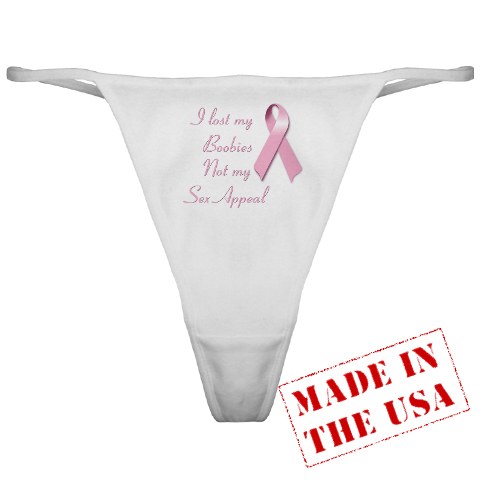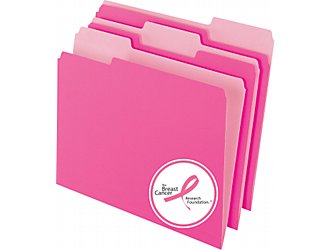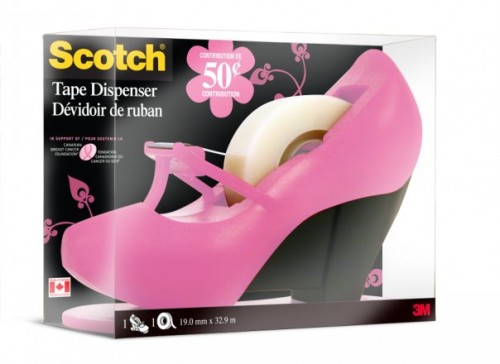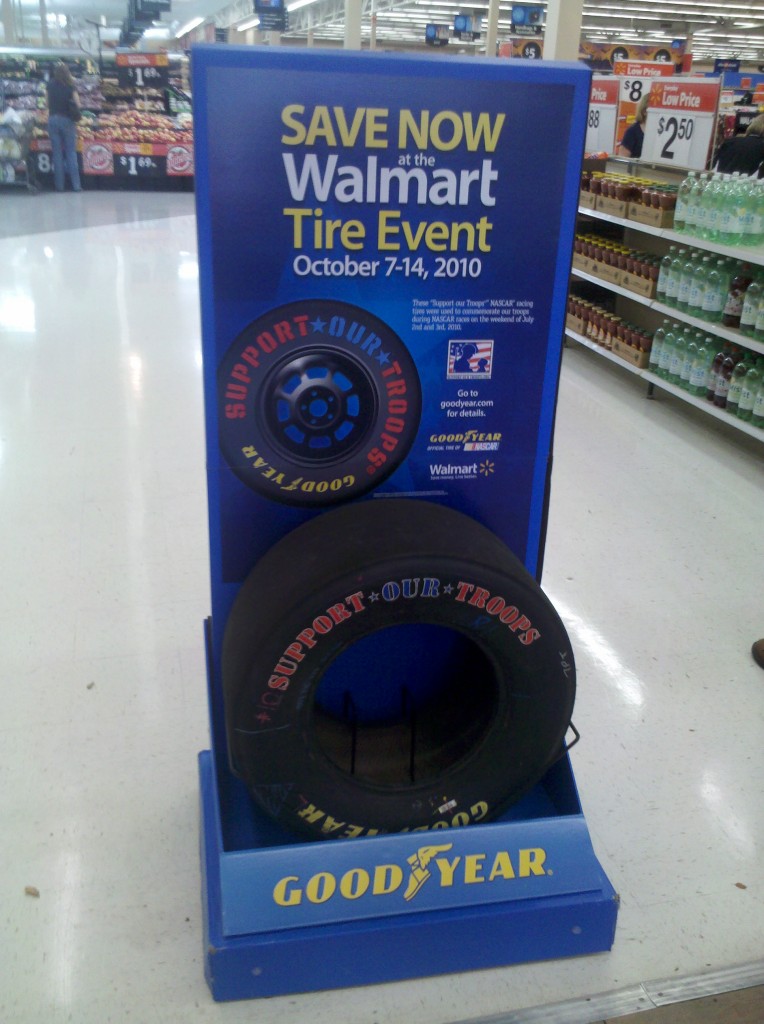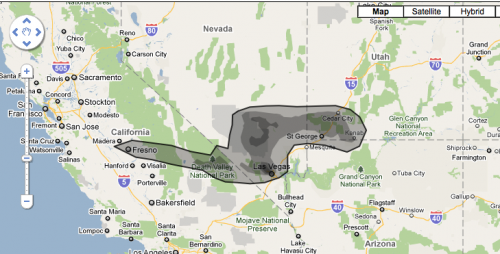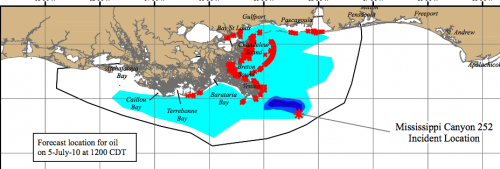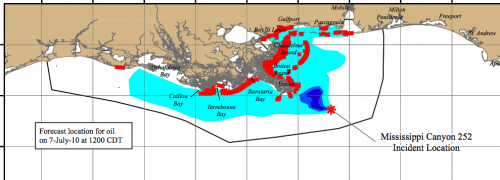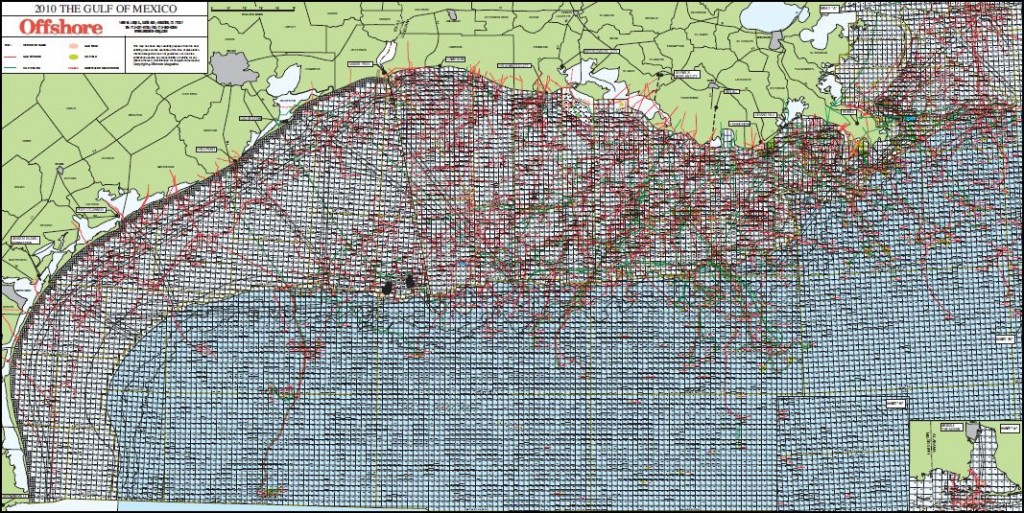October is National Breast Cancer Awareness Month. Accordingly, during October we come across more than the normal number of pink-ribbon-adorned items that variously give a portion of proceeds to breast cancer research, remind women to conduct breast exams, contain supportive messages for breast cancer survivors, or just sort of, you know, support the existence of boobs and oppose cancer. For instance, Alicia, the moderator of Think Before You Pink, found this thong
And Renée Yoxon noticed that Staples, among other office-supply stores, has a lot of pink ribbon products for sale, including pink-ribbon paper, file folder, calculators, daily planners, pens, and, in Canada, a tape dispenser from 3M shaped like a high-heeled shoe:
We’ve posted on the whole issue of breast cancer awareness branding before. And one response that always comes up is, basically, yes, companies may be using breast cancer as a marketing tool to increase sales, but if by doing so they also donate money for breast cancer research or prevention, who cares? By buying pink-ribbon address labels, money goes to fight breast cancer that probably wouldn’t have been donated otherwise, so the net effect is good, right?
In his book Buying In: What We Buy and Who We Are, Rob Walker suggests perhaps not. He summarizes a number of studies that found that “doing good in one area of life provided a rationale to worry less about such things in another” (p. 222). Specifically, feeling they had contributed in some way (by imagining they had agreed to volunteer at a community organization) significantly increased subjects’ preference for “luxury” items. It appears that feeling we have done a good deed makes us feel like we deserve rewards in other arenas, or at least frees us to make decisions we might otherwise be a bit embarrassed about.
Walker connects this research to the wide array of companies that either create a particular product that is slightly more eco- or labor-friendly than their regular line or that donate a tiny portion of profits to a charity of some sort. He suggests that the ability to easily “do good” through consumption — that is, I can choose the pink-ribbon file folders and feel good about myself for being a good citizen — may contribute some money to a particular charity, but may ultimately lead us to be less concerned about the impacts of our other consumption choices. As Walker summarizes the effect,
These various efforts each add just enough options to the miles of retail shelves to give us all an ethical fix — to do our one good shopping deed. Then we can push our basket a little farther down the aisle, letting other rationales take over: Here’s a bargain, here’s a great product…and here, yes, here is something ethical. I’ll take one of those, too. (p. 223)
From this perspective, this type of branding may benefit companies not just by making it more likely we’ll buy the specific product they’ve attached a pink (or red, or yellow, or whatever color) ribbon to, but by satisfying our need to feel like we’re aware, concerned consumers, and thus making us less likely to question the production practices of the other items we’re choosing among.

